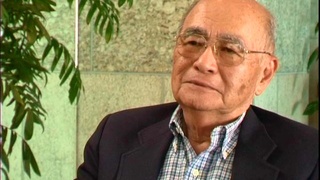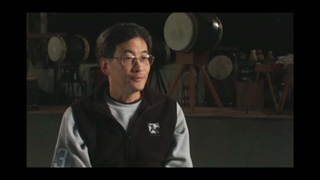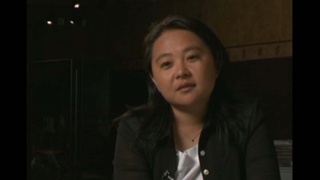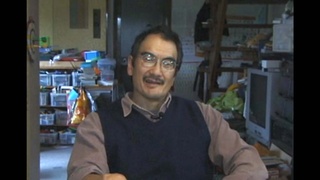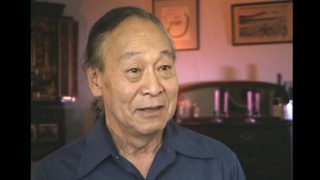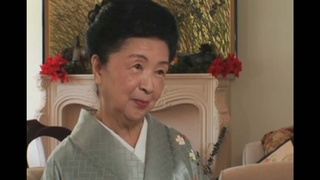Interviews
Perceptions of uniqueness
One interesting story about the Hapa Project is that I would get people from very homogenous areas. I had a woman write me from Oklahoma who wrote me and said “You must fly out to Oklahoma to photograph me for this because you’ll never believe it, I’m black and Korean!” I didn’t know what to say, that her world was that small, that to her that she was the only one in the world. In some sense that’s great, but I had to write to her, I said “I would love to photograph you, but I can’t fly out there, and I’ve photographed probably fifty people that are black Korean. Just so you know there’s other people out there.” I wanted it to be a kind of positive thing, that she’d know, but I think she kind of felt like she wasn’t “the one” anymore, she wasn’t Keanu Reeves in The Matrix, and she never wrote me back again.
Date: May 3, 2006
Location: California, US
Interviewer: Jim Bower
Contributed by: Watase Media Arts Center, Japanese American National Museum.



